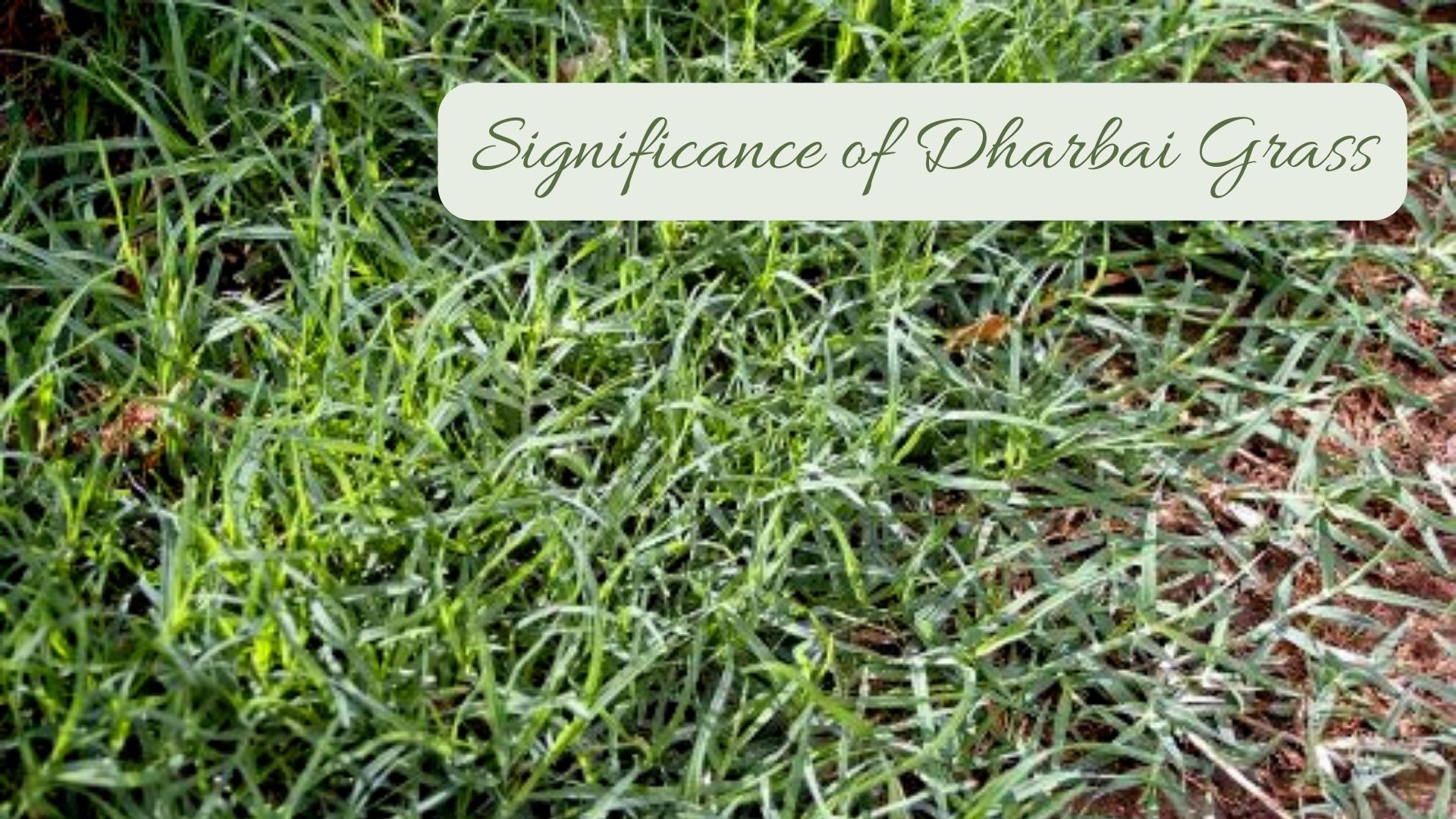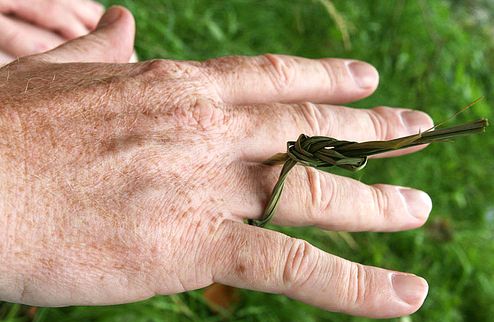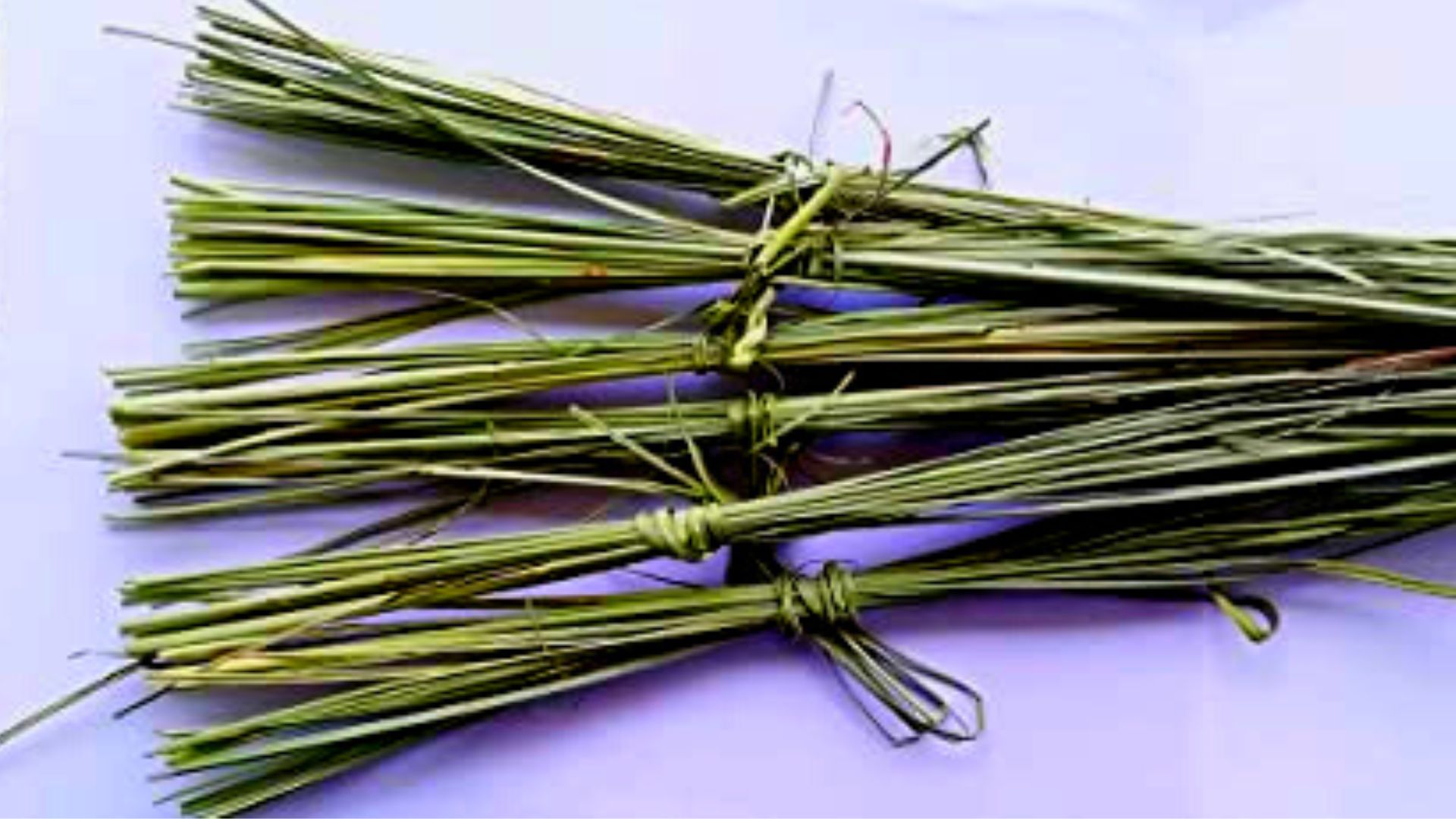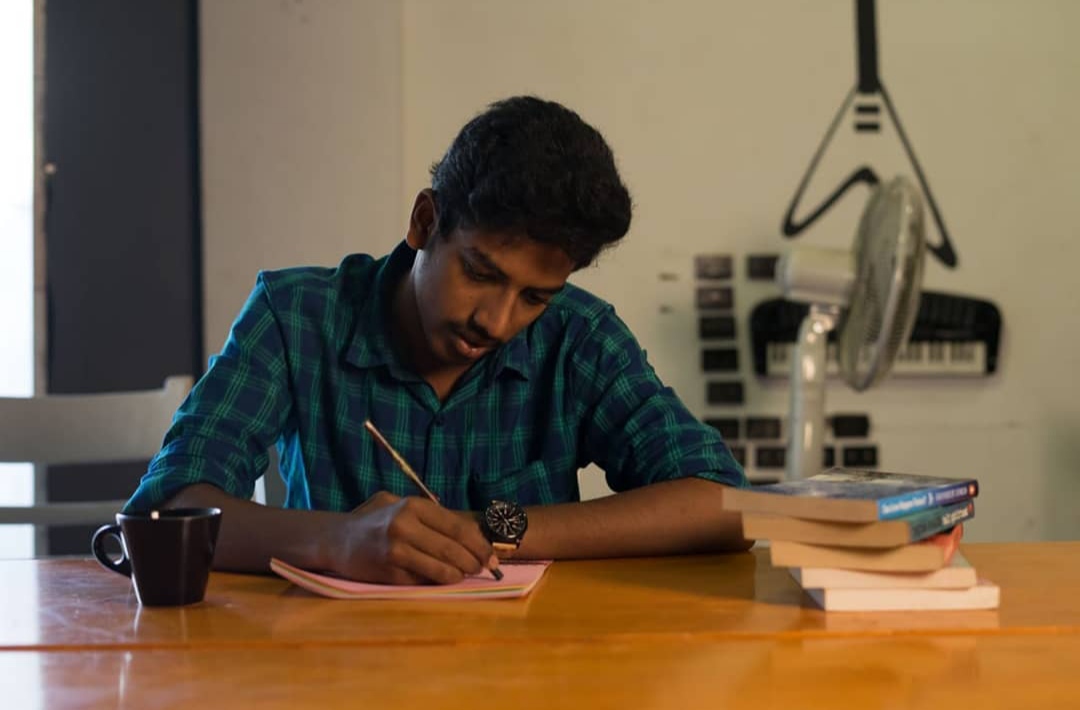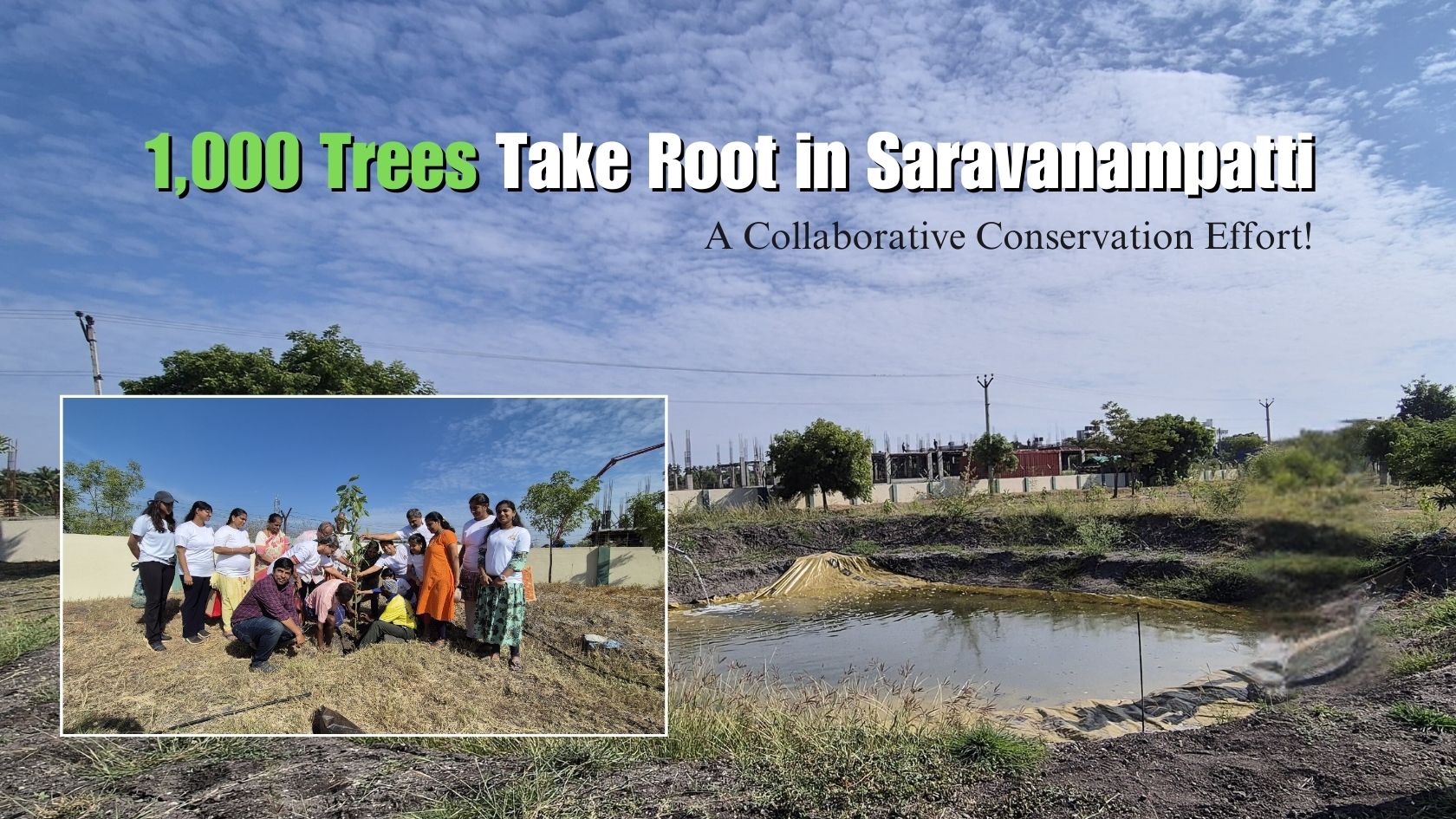Significance of Dharbai Grass
A simple object can bring big changes to our lives. We are all familiar with the Tamil proverb "Vallavanukku pullum Aayudham," which illustrates how even the most simple and innocuous objects, like a blade of grass, may be transformed into destructive tools in the hands of a skilled individual. Dharbai, a substance frequently found in Indian families, is significant in daily living.
Eragrostis cynosuroides is the scientific name, and in Hindi, it is known as Kus or Kusha. This Dharbai grass is used by Brahmins for all occasions, lucky or unlucky. According to Puranas, Lord Vishnu once took the form of Kurma, one of Vishnu's avatars, the Cosmic Tortoise, which sustained the sacred Kurma's shield, and Mandara, a mountain that functioned as a dasher in the churning of the sacred sea of milk. Several hairs were removed from the tortoise' dorsal side when the mountain spined. These hairs later washed onto dry land where they turned into Kusha grass. When the amrit (elixir) eventually formed from the churning and was distributed among the gods, some drops of the amritha landed on the grass and blessed it, endowing Kusa grass with therapeutic virtues.
In areas with salty (brine) water, such as estuaries(mouth of the river), dharbai grass grows. A type of bunch tussock grass growing in a tuft is called dharbai. Long, pairwise, and extremely thorny leaf blades of the Dharbai plant have sharp edges. Dharbai is the name given to the straw after the kusa grass has dried.
Brahma is positioned at the Darbha grass's base, Keshava is positioned in the middle, and Shankara is positioned at its tip. The three deities are so positioned in the Dharbai grass
Dharbai aids in providing protection from harmful radiation and all forms of negative energy. It is used for all occasions, whether they are lucky or not. It spiritually protects the vicinity from the bad energies produced by bad thoughts. It facilitates communication with higher spiritual realms while also acting to carry and enhance spiritual energies. In addition to being helpful in religious ceremonies, dharbai can also be utilized in the home to protect occupants from the radiation emitted by electrical gadgets. Dharbai is employed in Ayurvedic medicine and has additional healing qualities. Dharbai is still largely unavailable and completely unknown in the West despite being crucial to Indian religious rites.
Any ritual performer must wear a ring fashioned of this Dharbai. One must wear a ring fashioned of Dharbai on his right ring finger while chanting and reciting certain Vedic phrases and hymns. When performing rituals like Agni Santhana, Thiru-Aradhanam, various types of Havans known as Homam, etc., this is absolutely crucial.
The number of leaves used depending on the function that is held; for example, only a single leaf Dharbai is used for funerals; for auspicious and regular occasions, a ring made of two leaves is utilized; A three-leaf Dharbai ring is used for auspicious but non-death-related functions (such as Amavasya Tharpanam, Pithru Pooja, etc.), whereas a four-leaf Dharbai ring is used for temple prayers and poojas. Because the right ear shouldn't get wet during Aachamaneeyam, we remove the Pavithram and place it over that ear instead.
These Dharbai are also spread out on all four corners of the Agni Kundam during the fire rite known as Agni Santhana. Our elders used to keep this holy grass in all of the food containers in the house during solar or lunar eclipses to shield from eclipse radiation.
Every time a function is held, they start by cleaning the venue, a procedure known as "Shudhhi Punyaahavachanam." They hold the Dharbai bunch in their palm and place the tip point over the water vessel as they recite the selective versus. As a result, through the Dharbai, the water in the vessel absorbs the spoken vibration levels. They discovered that Dharbai, a type of holy grass, has the best value for transmitting phonetic vibrations through its tip. A Dharbai without a tip is regarded as being worthless because it lacks the conductor-type value.
Dharbai is used to create asana (seats for prayer and meditation). Traditionally, another asana made of wool, silk, cotton, or animal skin is used to cover the seat of Dharbai grass. A Dharbai-asana supports meditation and shields the user from a variety of harmful spiritual influences. A few blades of Dharbai grass can be positioned under the seat for equivalent results if a Dharbai-asana is not accessible.
The wife keeps an energetic connection to the husband by touching him with a Dharbai during Sankalpa (the ritual of telling the Devas what and who the rites being performed are for). A belt tied from Dharbai is worn by the woman during Vivaham (wedding rites). Similarly, during Upanayanam, brahmachari (spiritual aspirants) wear a belt made of Dharbai around their waists (rituals of spiritual initiation).
Dharbai is a cooling diuretic and urinary tonic used medicinally in Ayurveda. It has been used to treat piles, diabetes, epilepsy, diarrhoea, urinary tract infections, and heavy and protracted menstruation. It is utilised to cure all forms of spiritual illnesses as well as recurrent abortions. It is used to treat internal and exterior wounds and to improve skin tone. Additionally, it has tonic properties to aid in cases of severe debility, emaciation, and after serious illnesses.
Other grasses, particularly those in the Desmostachya and Eragrostis genera, or lemon-grass and its relatives, can be used in place of Dharbai if it is unavailable. These grasses will still have effects, albeit modest ones. When handling grasses, use caution since many of them have razor-sharp edges that can slash fingers if handled carelessly.
To keep Dharbai or other grasses, make sure they are thoroughly dried to avoid mould growth. It is best to store them in an airtight bag or container.
Vigneshvaran is the special correspondent of the company. He is a graduate of English Literature who shows great interest in analyzing various practices followed in Sanatana dharma. He is a practical person with a curiosity to learn everything by experiencing. He is also a staunch nationalist and writes poems both in English and Tamil. Vignesh also is an excellent orator.
